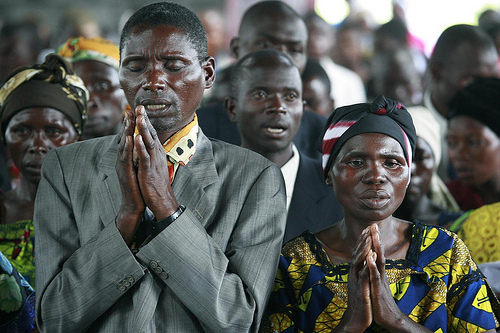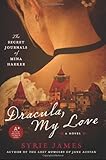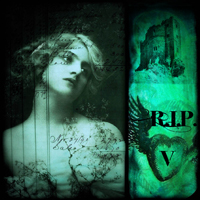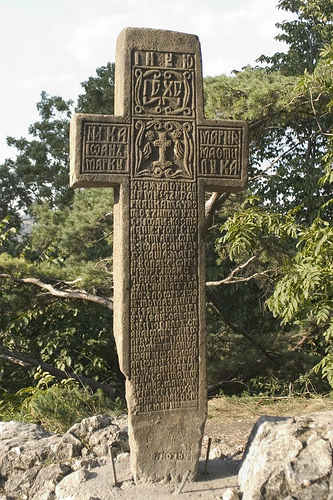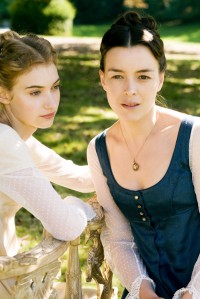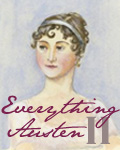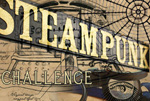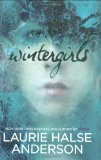![]() This week’s Booking Through Thursday prompt asks participants to contemplate foreign books: “Name a book (or books) from a country other than your own that you love. Or aren’t there any?”
This week’s Booking Through Thursday prompt asks participants to contemplate foreign books: “Name a book (or books) from a country other than your own that you love. Or aren’t there any?”
It’s too easy for me to discuss British literature; I’m an Anglophile, and I teach British literature. In a way, it sometimes feels like as much my country as America does. In fact, I might read more British fiction than American fiction. I have quite a few books by Latino authors on my list of books to read, including One Hundred Years of Solitude and Like Water for Chocolate. I want to read some Isabel Allende, too. Haven’t done it yet. I really like Alexandre Dumas’s The Count of Monte Cristo, but I’m not sure I’d say it’s a favorite. In college, I enjoyed reading medieval Irish, Welsh, and German works translated into English. The Odyssey is one of the most amazing books ever written, too, and I have always enjoyed teaching it. It’s really hard to narrow down to one book!
I think of all the books I’ve read by non-American writers, The Thorn Birds by Australian writer Colleen McCullough tops my list. One of my former colleagues once described this novel as the book you held in one hand while you stirred the pot for dinner with the other. I remember not being able to put it down. The miniseries is breathtaking, too. In my mind, Meggie and Father Ralph are these gifts of characters. I cared so much about them, and I shed so many tears for them. I even tried to name my daughter after Meggie, but she’s pretty much a Maggie. One of the things I liked best about the book was learning about Australia. I defy anyone to read the book and not want to see Australia. Aside from the scenery, I just loved the sweeping saga of it. I loved seeing these characters for most of their lives as they loved each other, fought their passions, embraced them, and ultimately just felt consumed by them.
God forbid I ever have to select which books to take to a desert island and am given a limit. If they will let me pack my Kindle with everything I love and give me means to keep it charged, it might be all right, but otherwise I’m doomed. However, The Thorn Birds has to be on that list. It’s getting about time for me to re-read it, too.
